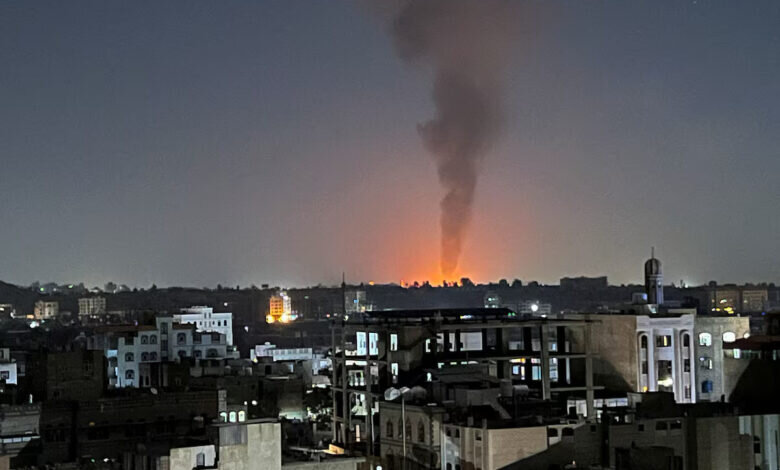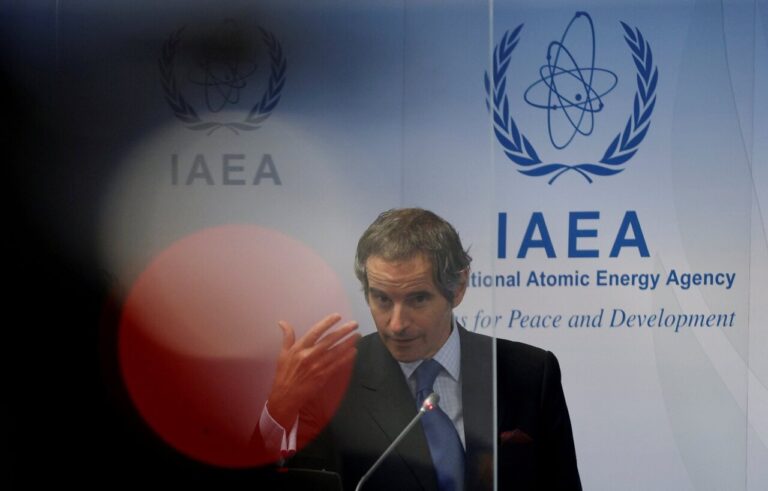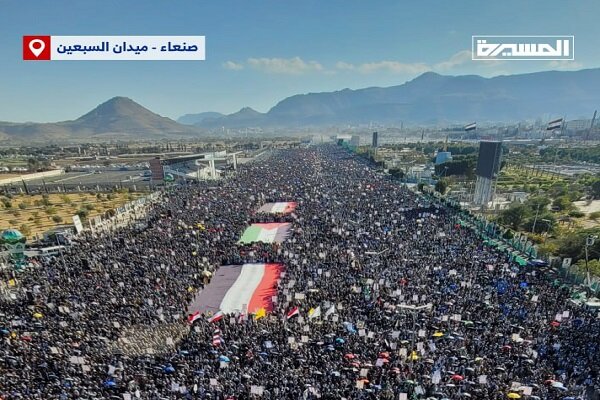US Conducts New Airstrikes in Yemen: Escalating Military Action in the Middle East
In recent developments in Yemen, the situation continues to escalate as the US warplanes have launched two airstrikes in the Kahlan area, situated east of Saada. This latest incident adds to the already tense atmosphere in the Red Sea region, raising concerns about ongoing military actions and their implications for local stability.
According to Yemen’s al-Masirah network, there have been no reported casualties from these airstrikes, and local sources are still working to assess the extent of the damage caused by the US military actions. This lack of immediate information underscores the chaotic nature of the conflict.
The timing of these airstrikes is particularly notable, as they occurred just hours after the Yemeni Armed Forces announced a drone strike targeting an Israeli military site in occupied Jaffa. This indicates a potential shift in focus for the Yemeni military, highlighting their capability to conduct operations beyond their borders.
Additionally, there was a significant development with the Yemeni forces successfully downing a US reconnaissance drone over Saada using a surface-to-air missile. This incident showcases the increasing military sophistication of the Yemeni forces and their willingness to confront foreign military presence.
The following points summarize the key events surrounding the recent airstrikes and military actions:
- Location of Strikes: Kahlan area, east of Saada, Yemen.
- Type of Military Action: Two airstrikes conducted by US warplanes.
- Casualties: No casualties reported as of yet.
- Drone Strike: Yemeni Armed Forces targeted an Israeli military installation in Jaffa.
- Drone Downing: A US reconnaissance drone was successfully brought down over Saada.
This series of events highlights the complex and often perilous dynamics of the region, where military actions by foreign powers intersect with local conflicts. The implications of these airstrikes and the Yemeni forces’ responses could further exacerbate tensions in an already volatile area.
Moreover, the response from the international community will be crucial in determining the future course of action in the Red Sea region. Observers are closely monitoring how these developments will influence the ongoing conflict, particularly in terms of diplomatic relations and potential military escalations.
The increasing military engagements, including the recent airstrikes and drone operations, raise significant questions about the long-term stability of Yemen and its surrounding areas. As the situation unfolds, it is essential to stay informed about the latest updates and developments regarding this critical geopolitical issue.
In conclusion, the recent airstrikes by US warplanes in Yemen reflect a worrying escalation in military actions within the region. As local and international actors respond to these events, the potential for further conflict remains high, with significant implications for the stability of Yemen and the broader Red Sea region.






